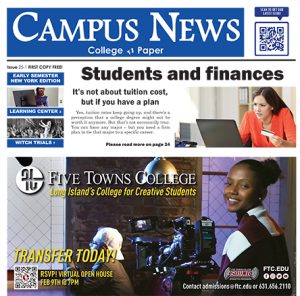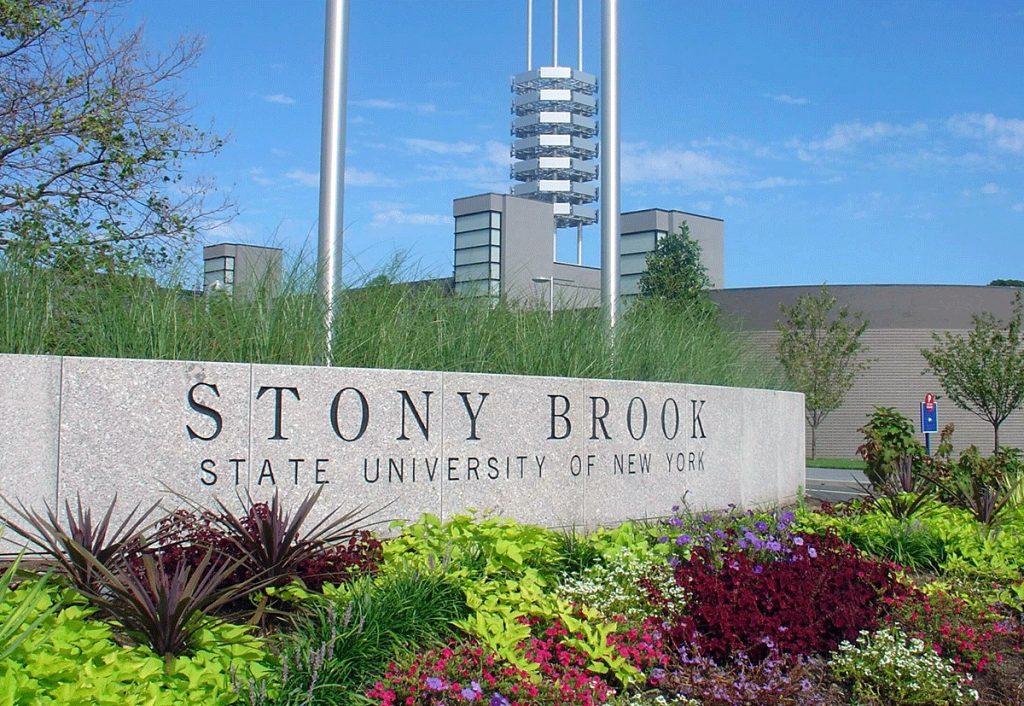Ten senior colleges of The City University of New York are among the nation’s best in providing a pathway to economic mobility for low- and moderate-income graduates, according to a new study by the public policy organization Third Way. The report affirms findings by social policy researchers in recent years that CUNY is a leading engine of social and economic mobility in the U.S., an attribute that is increasingly valued amid growing awareness of the need to erase long-standing societal inequities.
Building on the groundbreaking 2017 studies by Harvard economist Raj Chetty of the role colleges play in the promotion of intergenerational mobility, Third Way created an “economic mobility index” that seeks to evaluate which U.S. colleges do best at moving students up the economic ladder. The researchers identified colleges that enroll the highest proportion of students from low- and moderate-income backgrounds and assessed how long it takes those students to earn back the cost of their education.

Using this criteria, the Third Way index ranked two CUNY colleges, Lehman College (9) and John Jay College of Criminal Justice (10), in the top 10; three CUNY colleges, City College (11), Brooklyn College (13) and Hunter College (16), ranked in the top 20; and five others were in the top 50: Baruch College (22), Queens College (24), York College (26), the College of Staten Island (27) and Medgar Evers College (35).
“This new study from the Third Way organization is the latest to validate CUNY’s success in lifting students into the middle class,” said Chancellor Félix V. Matos Rodríguez. “In focusing on the return students get on the investment they make in their education, the researchers have affirmed the high value of a CUNY education. I’m proud to see so many of our colleges in the top ranks once again. By any measure, we are fulfilling our historical promise as a beacon of opportunity for New Yorkers regardless of background or bank account.”
The Third Way researchers drew from two sets of data from 1,320 bachelor’s degree-granting institutions to determine which ones most improve the economic status of graduates who come to college from low-and moderate-income families. One measure was the number of years it takes students at each of the colleges to recoup the cost of their education, based on federal tuition and earnings data. The other was the proportion of students at each college who receive federal Pell grants to help them pay tuition. The CUNY schools have relatively high percentages of Pell recipients — meaning they serve many more students from low- and moderate-income families than other institutions – and it takes those students anywhere from a few months to less than three years after they graduate to earn more money than they paid to go to college.
The report adds to similar findings by public policy organizations since the initial research by Chetty and his team, which used data from millions of anonymous tax files and financial-aid records to chart how well colleges help students move from the bottom 20 percent of income levels to the top 20 percent. The Chetty team’s research found that CUNY colleges accounted for six of the top 10 spots in propelling low-income students into the middle class.
Numerous research teams have built on those findings in the years since. In November, the Social Mobility Index released its 2021 rankings, which placed CUNY colleges in the top tier in providing an affordable education to students from low-income families and graduating them into well-paying careers. Baruch was ranked Number 1 in the nation, while Brooklyn, Lehman, Hunter, Queens, John Jay, and City College were named in the top 20.






Facebook Comments